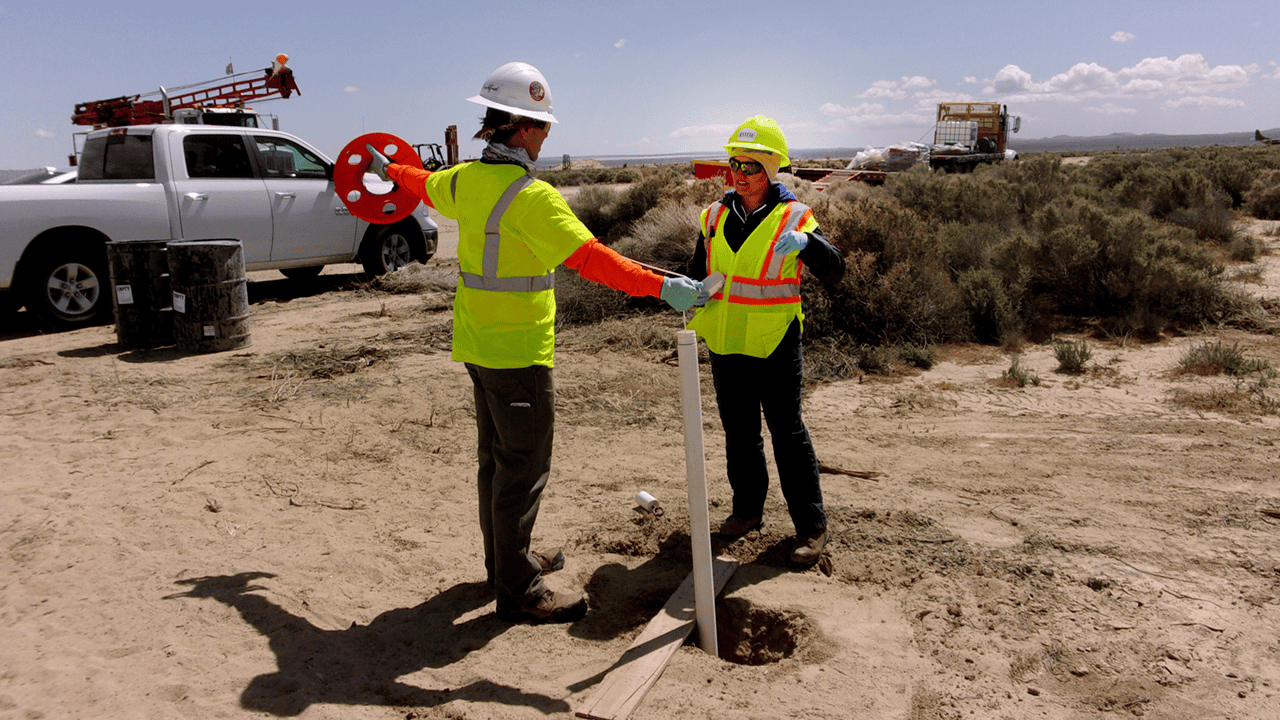
Basewide Groundwater Monitoring and Operations and Maintenance
MILWAUKEE, WI / The team provided management, engineering, and regulatory support for a multitude of environmental restoration program sites requiring a wide range of investigative, remedial, and monitoring services for over twenty operable units and sites.
The project tasks were implemented to achieve site cleanup in an efficient and cost-effective manner to deliver a significant reduction in LCC. Work has ranged from initial planning, objectives setting, and pre-design investigations and risk assessment, to remedial design and implementation. Optimization as part of O&M of remedial systems was performed, resulting in improved treatment efficiency by up to 15% for some systems, thereby shortening the time to achieve cleanup goals.
Experience in the remediation and/or investigation of HTRW (Investigation of PFAS impacts in soil and ground water), while conducting remedial activities in complex geological environments (fractured bedrock), the team demonstrated successful progression through the phases of the CERCLA process (SI, Expanded SI, RI, LTM) with oversight and consensus with the USEPA, California DTSC, and Lahontan Regional Water Quality Control Board.
Highlights
- Exceptional CPARS ratings across the evaluation areas.
- Utilized subcontractors with previous experience at the sites and OUs to minimize startup delays and issues with transfer of data, files, and documents.
- Demonstrated ability to manage multiple, concurrent projects.
Services
- Multi-media sampling
- Data collection and management
- CSM development
- Remedy optimization
- Support AFCEC team with the preparation of Five-Year Reviews, Community Involvement Plans, and communication with stakeholders
Challenges and solutions.
Each site was tailored to overcome the site-specific challenge and without impact to threatened and endangered species at the site. These challenges ranged from coordination with airfield management, developing optimal access routes to minimize habitat destruction at remote sites, modifying drilling and subsurface geophysical investigation techniques in response to lithological conditions, and implementing health and safety protocols in areas of potential MMRP impacts.











